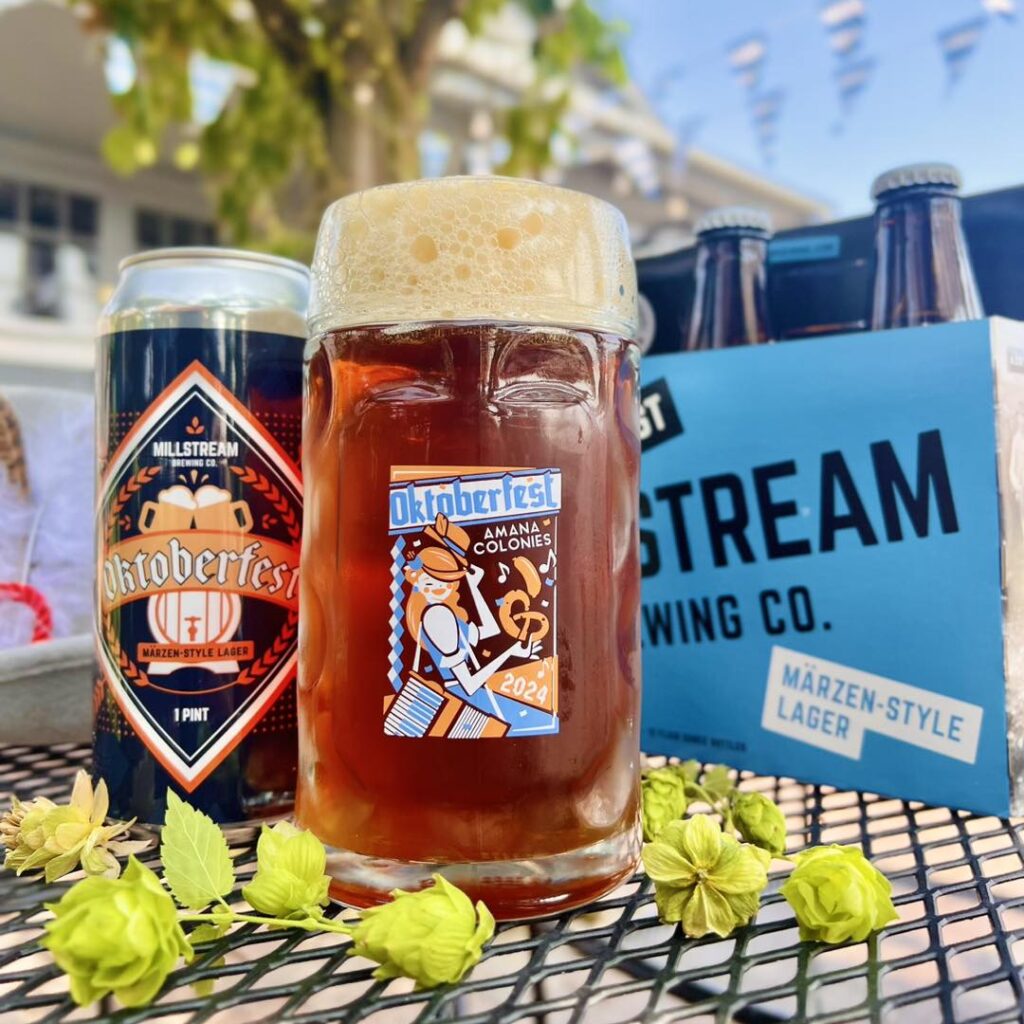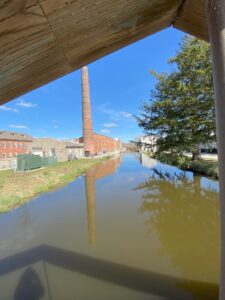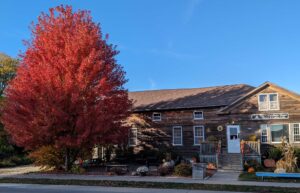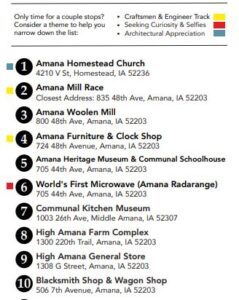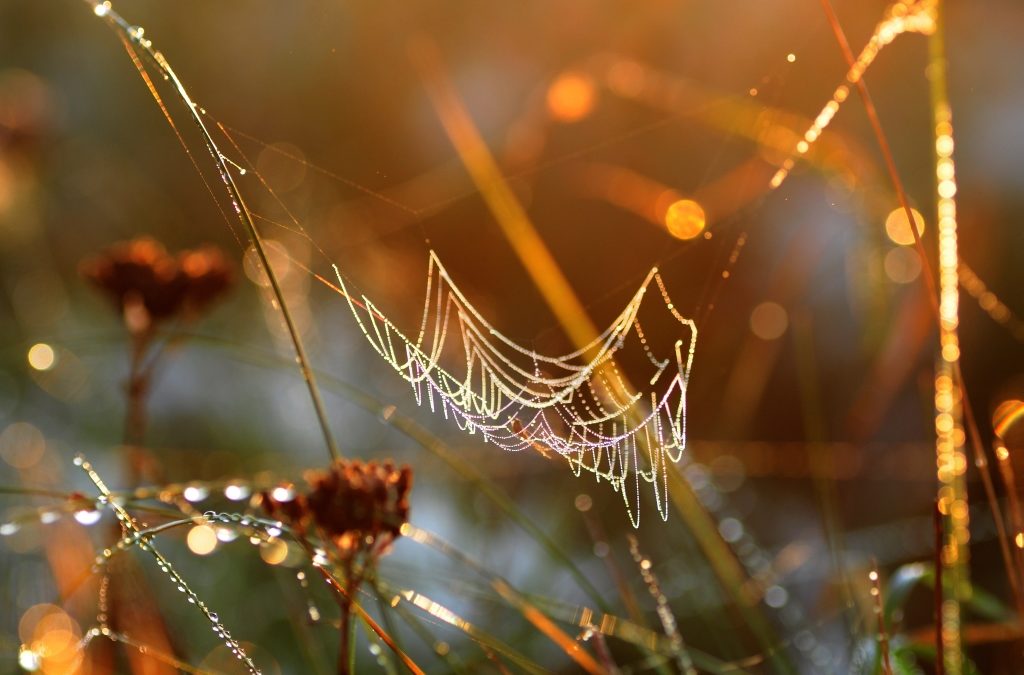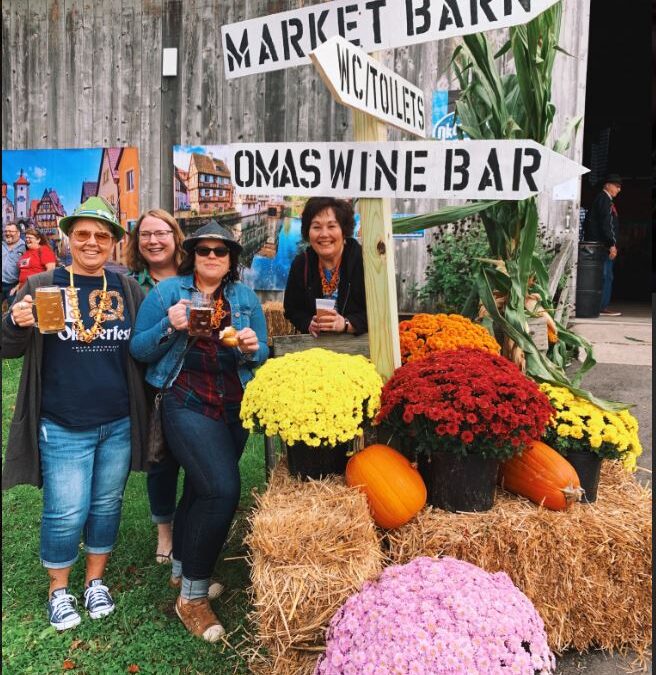
Oktoberfest in the Amanas: It’s more than beer
On Oct 4, Iowa’s oldest Annual Bavarian-style Oktoberfest celebration will be kicking off in the heart of the Amana Colonies. There is no other celebration like it in the state of Iowa as the Amana Colonies (located just south and west of Cedar Rapids), is a unique cultural lesson in its very existence. The Community of True Inspiration made the Amanas their home in 1855. They practiced a fully communal lifestyle until 1932. Today, the community keeps the history and traditions alive by hosting celebrations throughout the year. Every October the three-day Oktoberfest event packed full of music, dancing, bratwursts and pretzels, and of course German beer in a massive bierkrug (beer mug) takes over the Amanas.
When the Amana Colonies were first settled in the 1800s they quickly established 5 breweries and numerous vineyards. With prohibition those breweries closed by 1884. It wasn’t until 1989 that the first post-prohibition brewery opened in Iowa, Millstream Brewing Co. As their brewery became successful, the owners decided to add an authentic German Bierhalle to the Amana Colonies. The Millstream Brau Haus opened in 2016 offering one of a kind specialty beers only available in the Amana Colonies. German-style pub food is also available here.
The Amana Heritage Society Museum maintains a group of museums that display and interpret artifacts from the 1700s to the present with a focus on the communal period of Amana (1855-1932). The historic society has its work cut out for them as they maintain a communal-era kitchen, cooper shop, blacksmith shop, church museum, research library, the working High Amana General Store, and the museum and bookstore making history available to the public.
The annual Oktoberfest parade happens Saturday morning at 10 am in Amana. The theme this year is “Famous Frauen,” to highlight amazing women. There will be plenty of activities for the kids to do at the Oktoberfest Kinderplatz (kids area) while the adults are having fun with competitions such as: the keg toss, log sawing, nagelhauen (nail driving), eisenmann (strength), brat eating, or the best yodeler competition! Download the official Oktoberfest brochure.
 The Festhalle Barn is a restored century-old dairy barn that was remodeled to function as an event venue. Annually, the Festhalle Barn hosts the main event of the Oktoberfest celebration and the Tannebaum Forest. It can be rented by the public as well.
The Festhalle Barn is a restored century-old dairy barn that was remodeled to function as an event venue. Annually, the Festhalle Barn hosts the main event of the Oktoberfest celebration and the Tannebaum Forest. It can be rented by the public as well.
While the official Oktoberfest activities happen at Festhalle Barn (admission charge), Millstream Brewing, Hotel Millright, and the Ox Yoke Inn have live music all weekend as well. Demonstrations such as chainsaw carving, chair caning, and tours of the Woolen Mill and the Amana Furniture and Clock Shop are other must-dos.
The Woolen Mill is Iowa’s only remaining working woolen mill having been in operation since 1857. Although the original building eventually became Amana Refrigeration, the second 8-acre mill location along the Mill Race still makes and sells textiles although on a much smaller basis. The majority of the mill complex was remodeled and turned into the luxurious Hotel Millright in 2021.
Textiles were critical to Amana’s beginnings as was the Amana Furniture and Clock Shop.
Today’s The Furniture and Clock Shop remains a thriving busisness using century-old building methods that have been passed down since 1855. This historic workshop has a viewing gallery where you can learn more about handcrafting authentic Amana Furniture while watching the craftsmen work.
Oktoberfest in the Amanas offers a variety of authentic German food from pork trotters, pretzels, and strudel crafted by German artisans to sweets at the The Chocolate Haus. So enjoy Oktoberfest in the Amana Colonies. Learn about the history and traditions and don’t forget to check out the Iowa Valley Audio Tour locations while you are in town (app to come soon)!
Bis bald on the byway!

